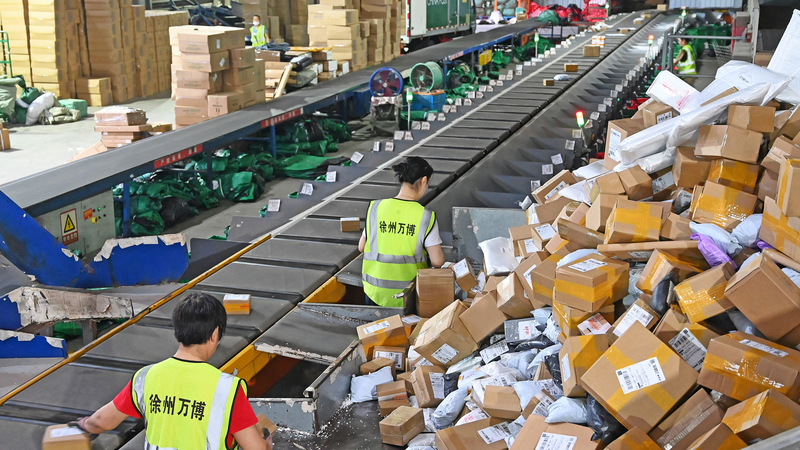Trade between ASEAN and the Chinese mainland has undergone a dramatic transformation over the past few decades. Once centered on traditional commodity exchanges, the relationship now thrives on digital innovation, free trade agreements, and a rapidly expanding e-commerce sector.
The landmark ASEAN-China Free Trade Agreement (ACFTA), signed in 2002 and fully implemented in 2010, has played a pivotal role by reducing tariffs and boosting cross-border commerce. With the Chinese mainland emerging as ASEAN's largest trading partner since 2009, trade volumes have soared—surpassing $900 billion by 2023.
Digital platforms have further revolutionized this trade landscape by bridging gaps between businesses and consumers across borders. Experts, including noted ASEAN studies professor Phar Kim Beng from International Islamic University, Malaysia, emphasize that while the digital shift opens new avenues for growth, it also brings challenges such as market imbalances, economic dependence, and evolving regulatory dynamics.
Looking forward, stakeholders remain optimistic that the ongoing integration of digital technologies with free market principles will continue to reshape ASEAN-China trade. This evolution not only offers a blueprint for sustainable economic expansion in the region but also signals a transformative era in global commerce.
Reference(s):
The trajectory of ASEAN-China trade: From E-market to free market
cgtn.com




